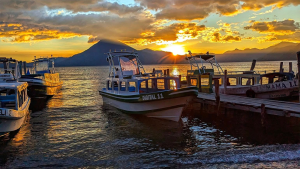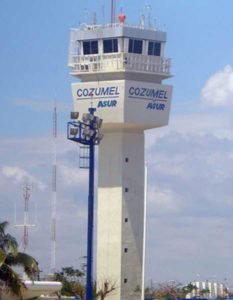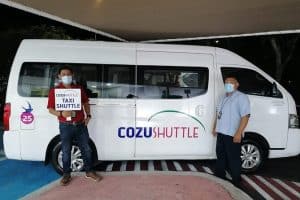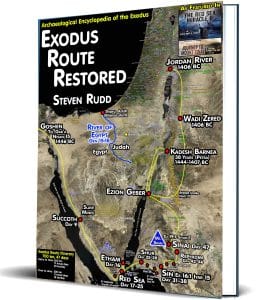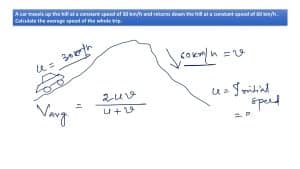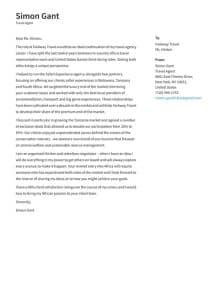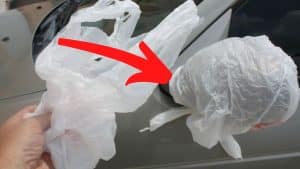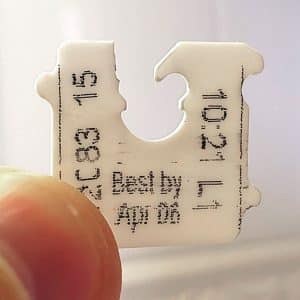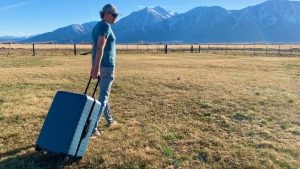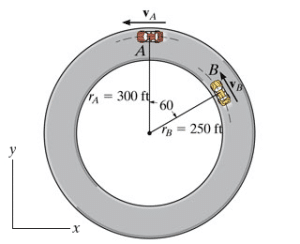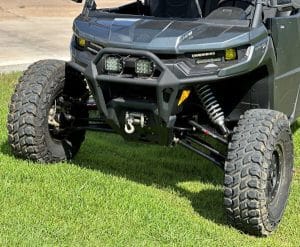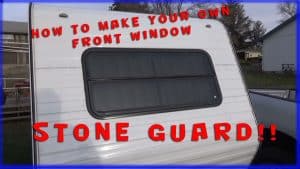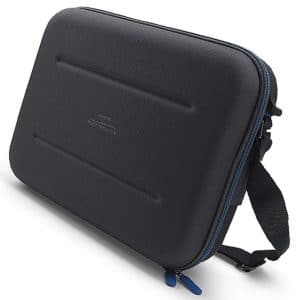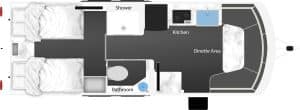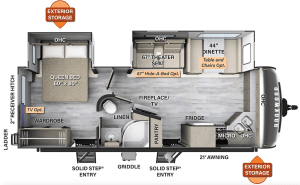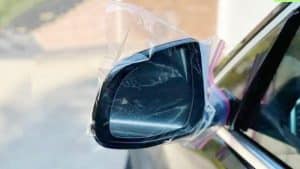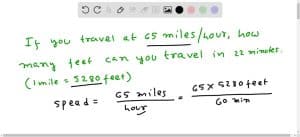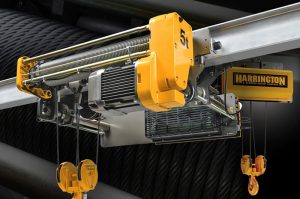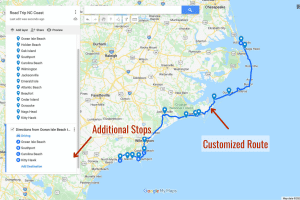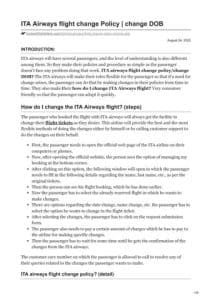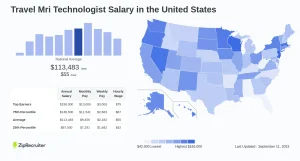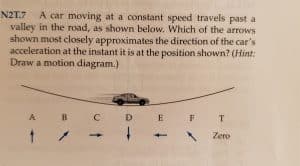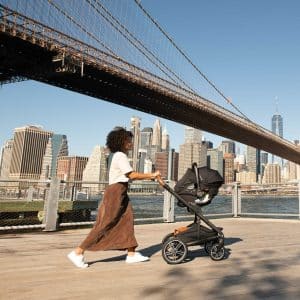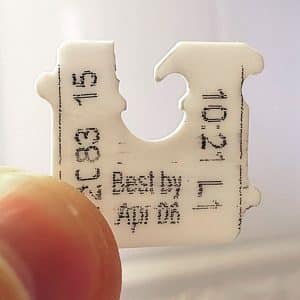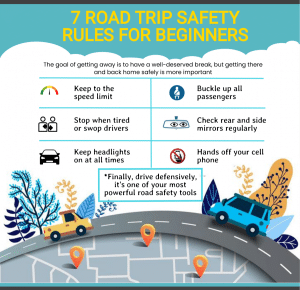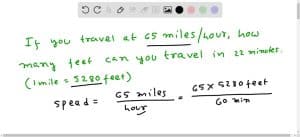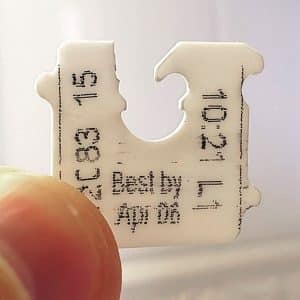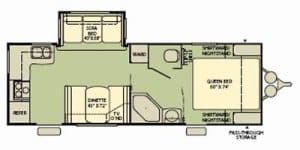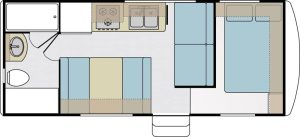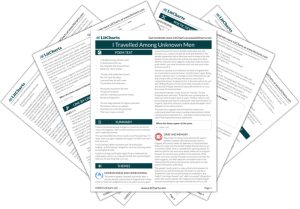Welcome to Hosteliest, your premier destination for travel and hotel insights. In today’s blog, we investigate a scenario where a car traveling at 85 km/h strikes a tree. Buckle up as we navigate the physics, repercussions, and safety measures related to this high-speed collision.
Imagine this scenario: A car traveling 85 km/h suddenly veers off the road and strikes a tree. What happens next? That’s exactly what we’ll explore in this post.
When a car traveling at such speed, strikes an immovable object like a tree, the outcomes can be devastating.
Table of Contents
ToggleThe Physics Behind the Impact
To fully understand the effects of such a collision, we need to grasp some basic physics principles. Primarily, Newton’s First Law of Motion, otherwise known as the Law of Inertia. Essentially, an object in motion tends to stay in motion unless acted upon by an external force. So, when a car traveling 85 km/h strikes a tree, the car comes to a sudden stop, but everything inside the car continues moving at the same original speed.
Injuries Likely to Sustain in Such a Collision
The sudden deceleration might cause serious injuries, particularly if you’re not wearing a seatbelt. These could include head injuries as a result of striking the steering wheel, dashboard or windows, chest injuries from crashing into the steering wheel, and lower extremity injuries from the abrupt halt against the foot pedals.
Vehicle Damage from a High Speed Collision
In addition to potential injuries, there is bound to be significant damage to your vehicle. At 85 km/h, your car could crush upon impact, leading to a crumpled hood, broken windscreen, possible damage to the engine, and more. Even though vehicles are engineered to absorb much of this impact force, the possibility of irreparable damage is high.
Staying Safe on The Road
The best way to stay safe is obviously preventing such accidents from happening. Adhering to traffic rules, avoiding distractions, ensuring your vehicle is roadworthy, and always wearing your seatbelt are some of the crucial steps you can take towards this.
What If You Witness Such an Accident?
There’s a chance you might be witness to a car traveling 85 km/h that strikes a tree, rather than the driver. In such a situation, immediately call emergency services. If it’s safe, you could approach to provide assistance, but do not move anyone injured as you may cause further harm.
How to Best Avoid Such Accidents
Notably, most high-speed accidents are preventable. Driving within speed limits, maintaining a safe distance from other cars, and being mindful of road conditions can drastically lower chances of such incidents.
In conclusion, the effects of a car traveling 85 km/h striking a tree can be severe, damaging both the car and passengers inside. But by understanding the consequences and taking preventive measures, we can make our roads safer and discourage reckless driving.
Remember, no destination is worth risking a life over. It’s better to arrive late than never at all.
Surviving High-speed Car Accidents while Traveling: An Unforeseen Challenge for Luxury Hotels
Surviving High-speed Car Accidents while Traveling: An unforeseen challenge for luxury hotels has been the safety of their guests while in transit. In an era of high-end car rentals and chauffeured luxury vehicles, the potential for high-speed car accidents can be an unfortunate downside.
Luxury hotels have always prided themselves on offering top-tier guest experiences, from gourmet dining to opulent accommodations and top-of-the-line amenities. However, a crucial aspect often overlooked is the safety of guests during transport, especially when it comes to potential high-speed automobile accidents.
The issue has become more prevalent with the advent of high-performance rental vehicles and their availability to travelers unfamiliar with their handling. Even chauffeur-driven luxury vehicles are not exempt from potential accidents given the unpredictable nature of road conditions and traffic.
Hotels need to be proactive in ensuring the safety of their guests. This entails working closely with partner transportation companies to ensure their drivers are well-trained, experienced, and familiar with emergency procedures. It could also mean providing guests with information about local driving conditions and hazards, or even discouraging the rental of high-performance vehicles unless the driver has demonstrated knowledge and experience.
Furthermore, hotels should establish strong connections with medical facilities and emergency services in their area. In the event of an accident, a swift and efficient response can drastically improve the outcome for the injured.
While no one likes to think about the possibility of accidents when planning their travel, the reality is that they do happen. Luxury hotels, as part of their commitment to outstanding guest experiences, should make guest safety a priority, both within the hotel premises and beyond. With the right precautions in place, guests can enjoy their stay with the peace of mind that their wellbeing is accounted for, from the moment they step off the plane to their return journey home.
Understanding the Possible Causes of High-Speed Collisions
When discussing an automobile traveling at 85 km/h that strikes a tree, it is essential to comprehend the possible reasons behind such high-speed collisions. There could be various factors such as reckless or aggressive driving, ignoring speed limits, poor weather conditions, or vehicle malfunctions. This knowledge can help travellers anticipate potential hazards and prevent such accidents during their journey.
The Importance of Vehicle Maintenance for Safe Travels
The maintenance of the vehicle plays a crucial role in ensuring safe travels. Regular service and inspection can provide early detection of any mechanical problems that could prove catastrophic on the road, like brake failure or tire blowouts. Drivers should be mindful of their vehicle’s condition before embarking on a trip. Time spent on vehicle maintenance could very well be the difference between a safe journey and a tragic accident.
Emergency Preparedness: What to Do When Accidents Happen
Despite taking all precautions, accidents can still occur. Being prepared for the worst can significantly affect the outcome. Therefore, having important emergency numbers on hand, knowing basic first aid practices, and being aware of your location are necessary. Quick and appropriate action can save lives in the aftermath of an accident. Additionally, staying with your vehicle until help arrives and not attempting to move severely injured people are also critical points to remember.
Frequently Asked Questions (FAQ)
What precautions should hotels in the vicinity take if a car traveling at 85 km/h strikes a tree?
In a scenario where a car traveling at 85 km/h strikes a tree within the hotel vicinity, there are several safety measures and precautions that hotels should promptly take:
1. **Emergency Response**: Immediately contact local emergency services to report the incident. This includes police, an ambulance, and if necessary, fire services.
2. **Safety Measures**: Establish a safety perimeter to keep guests and staff away from the accident scene. The area may contain shattered glass and other sharp objects that could cause injury.
3. **Communication**: Inform all hotel guests and staff about the incident. This is essential for those who might be heading out and need to use the same route where the accident took place.
4. **Documentation**: Record the event, take photographs if possible. This would be useful for insurance and legal purposes. Additionally, it helps to identify whether any property damage occurred, making it easier to claim repairs or safety improvements from insurance.
5. **Review Security Protocols**: Following such an incident, it’s paramount to review and tighten security protocols. All exit and entry points should be well-lit and safe for both pedestrians and vehicles. Speed limit signs should be clear and visible with regular reminders about safe driving.
6. **Crisis Management Plan**: Establish a **crisis management plan**. This is a step-by-step guide detailing what everyone needs to do in emergencies. Training all hotel staff on how to handle such situations can minimize confusion and panic during emergencies.
7. **Public Statement**: Depending on the scale of the accident, it may be necessary to prepare a public statement or press release informing about the situation and explaining how the hotel is handling it. It should also address what measures are being taken to prevent similar incidents in the future.
8. **Infrastructure Improvements**: Finally, consider infrastructure improvements such as installing more robust barriers or bushes that could absorb the impact of a car if it loses control. This could help to further prevent such incidents.
Remember, safety should always be the primary consideration for any establishment in the hospitality industry. Plan ahead and train staff on how to handle emergencies to ensure a swift and efficient response.
How can travel insurance policies cover incidents such as a car traveling at 85 km/h striking a tree?
Travel insurance policies are typically designed to cover various unforeseen events that may occur while you’re abroad. One such incident could be a car traveling at 85 km/h striking a tree. It’s important to note that not all travel insurance policies automatically cover car accidents or damage, and it may need to be purchased as additional coverage.
If you’re involved in an accident where the car you’re driving hits a tree at high speed, your travel insurance can potentially help in several ways:
1. Medical Expenses: If you or any other passengers are injured, your travel insurance policy will typically cover the costs of necessary treatment, hospitalization, and even medical evacuation if needed. This is usually the most crucial part of travel insurance coverage, as medical costs can mount quickly after an accident.
2. Repair or Replacement Costs: If the policy includes car rental insurance, it may cover the cost of repairs or, in the event of total loss, replacement of the rental vehicle.
3. Trip Interruption: If the accident results in the interruption of your trip such as missing out on booked accommodations or activities, some policies may reimburse you for these expenses.
4. Legal Expenses: In case there are legal implications due to the accident, some travel insurance policies also provide cover for legal costs.
Remember, the key to understanding what’s included in your travel insurance policy is to read the fine print. Conditions and exclusions may apply, and coverage can vary greatly between different insurance providers. To ensure you get the right type of coverage, you should discuss with your insurance provider about adding additional coverage like rental car insurance, if it’s not already part of your policy.
It’s always better to be safe than sorry when travelling, so having an adequate travel insurance policy in place can offer peace of mind and provide valuable assistance should you ever need it.
In the event of a nearby accident, like a car traveling at 85 km/h striking a tree, what emergency services should tourists or travelers be aware of?
In the unfortunate event of an accident while traveling, such as a car hitting a tree at 85km/h, it’s vital that travelers are aware of the necessary emergency services available in their area.
First and foremost, dial the local emergency number. In North America, this is 911. For countries in the European Union and most places around the world, the number is 112. However, it’s always important to double-check the specific emergency number for your location.
Next, it would be prudent to have travel insurance. This can cover costs associated with accidents, medical emergencies, trip cancellation and lost luggage. Before embarking on your journey, always ensure you have a thorough understanding of what your policy covers.
A beneficial service to be aware of is the nearest hospital or clinic. This can save crucial time in an emergency situation, especially if you’re staying in remote locations. Researching this beforehand can make a significant difference.
Most hotels also provide 24/7 concierge services and can help guide you in case of an emergency. They often have direct lines to local hospitals, police, and other emergency services, aside from providing immediate first aid assistance.
Lastly, if you’re at a location where you don’t speak the language, key phrases like “I need help” or “Call an ambulance” can be lifesaving. Hence, keeping a translation app or a phrasebook could prove extremely useful.
The aftermath of an accident can be an incredibly challenging time, especially when you’re away from home. Therefore, having knowledge of these services can help mitigate some of the stress and potential dangers involved.
In conclusion, although travel can be a thrilling and enlightening experience, it is of the utmost importance to acknowledge the risks that come with the journey. The incident of a car traveling at 85 km/h striking a tree is a tragic reminder of the importance of safety precautions while on the road. Whether you’re heading to the nearest hotel for a weekend staycation or journeying across the country, we all have a responsibility to uphold road safety measures. This will ensure not only our wellbeing, but also the safety of others. So next time, before you set off on your adventure, remember: Safety first, then the journey. The world is full of wonders waiting to be discovered, but they’re not going anywhere. It’s better to arrive late at your destination than not to arrive at all. Safe travels everyone!

